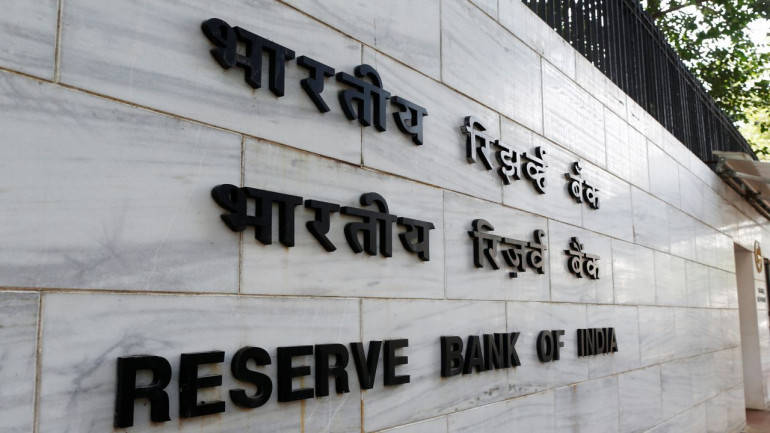Key takeaways from RBI's Monetary Policy
The Monetary Policy Committee (MPC) kept the benchmark repo and reverse repo rates unchanged at 6 percent and 5.75 percent, respectively. Here are some key takeaways.

Moneycontrol News
The Monetary Policy Committee (MPC) kept the benchmark repo and reverse repo rates unchanged at 6 percent and 5.75 percent, respectively.
Here are key takeaways from the MPC meet:
> The central bank has reduced the real gross value added (GVA) growth for FY18 to 6.7 percent from August's projection of 7.3 percent, on back of slowing manufacturing and investment activity.
> Advance estimates of kharif and loss of momentum during April-June are early setbacks for the growth.
> MPC maintains neutral stance on the economy with medium-term inflation (CPI) target of 4 percent within band of +/- 2 percent.
> Inflation is expected to rise from current level and will range in between 4.2-4.6 percent in H2. Headline inflation could rise by 100 bps on back of implementation of farm loan waivers and states' implementation of salaries and allowances.
> Implementation of GST has so far been adverse rendering manufacturing sector prospects uncertain in near term. This could further delay the investment activity, which is currently impacted by the stressed balance sheets of companies.
> Teething issues related to the Goods & Services Tax (GST) and bandwith are likely to be resolved soon, which could push growth in the second half.
> A rise in input costs and lack of pricing power could put pressure on corporate margins.
> Industrial production (IIP) recovered in July on back of recovery in mining, electricity and quarrying. Manufacturing, however, continued to be weak in Q2, but is showing revival now.
> Exports picked up in August after a lull of three months. Despite this, India's export growth is lower than other emerging markets like Brazil and South Korea. Import growth remained in double-digits.
> The current account deficit widened further due to increasing gap between imports and exports.
> Foreign portfolio investment were USD 14.4 billion while outflows were significant in August-September. Foreign exchange reserves were at USD 399.7 billion as of September 29, 2017.
> The Reserve Bank will continue to work on resolution of stressed assets, which could help economic growth over the medium term.
> The government will continue to push for rise in investment activity. For this, recapitalisation of public sector is important. Business sentiment is expected to rise in Q3 unlike manufacturing.
> Surplus liquidity was visible in the Q2. Currency in circulation rose by Rs 569 billion.
> The global economies have strengthened with advanced economies like US growing at a stronger pace. However, for US, recent hurricanes could be negative in short-term. In emerging economies, growth recovered in Q2.
> In Q2, monetary policy in advanced economies drove the global financial markets. In AEs and EMEs both, good economic data drove the equity markets up.
> Global trade is expected to improve in 2017, as per the WTO data.
















